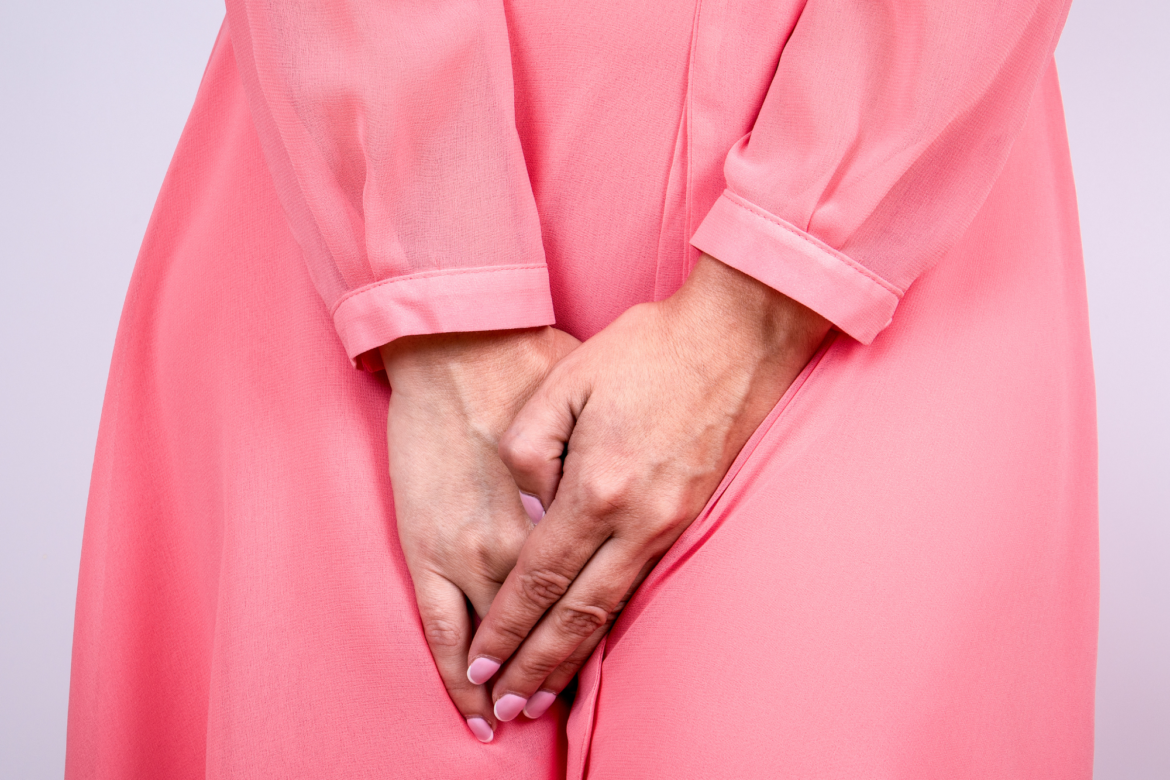Don’t Live with Urinary Leakage
Millions of people suffer from urinary incontinence. Physical therapy can help with urinary incontinence most times. The bladder holds stored urine and when ready to void it goes through the urethra. There are muscles in the wall of the bladder that contract once there is enough pressure placed on them. If the muscle contracts suddenly and the sphincter muscles aren’t strong enough to hold the urine back incontinence occurs. Stress, urgency, and mixed incontinence are the most common types of incontinence. Some specialists can help treat these conditions. A pelvic health specialist is trained to assess which type of incontinence you have and can help to improve the symptoms. Don’t live with urinary leakage for one more day!
Urge Incontinence
Urge incontinence is an involuntary loss of urine post a strong sensation/feeling of needing to void. This can be due to the bladder being overactive. Triggers for this type of incontinence can be cold, running water, key in the door. Sometimes people will leak urine on the way to the bathroom. Treatment for urinary incontinence can include medication, behavioral techniques, myofascial trigger point release, physical therapy, and surgery for some who don’t progress with the other treatments. Some strategies to help with urge incontinence can include stopping current activity, sitting down, slow deep breaths, pelvic floor squeezes, mental distraction, and perineal pressure. Not all techniques are helpful for each individual, so please consult your pelvic health specialist.
Stress Incontinence
Stress incontinence is the involuntary loss of urine with physical exertion. This can be with jumping, coughing, sneezing, and running activities. This is usually due to hypermobility of tissues that are less stable and decreased ability to compress the urethra. Some treatment options include seeing a physical therapy specialist, medication, surgical, or a barrier pessary. Mixed incontinence is a combination of urge and stress incontinence. Typically urge incontinence is treated first.
What can be done?
Pelvic health specialists will perform an evaluation. Some key areas they will address include tightness/restrictions of tissues, bladder re-training for tight or weak muscles, treating constipation, fluid management, reviewing medications, and dietary changes. Bladder diaries are a helpful tool to see how much intake versus output is occurring. This also tracks how frequently voiding is occurring, how often you are going, and any liquids or foods that might be irritating the bladder. Some irritants to the bladder that can make a person go more frequently include coffee, alcohol, nicotine, carbonated drinks, and highly acidic foods. The list of irritants affects everyone differently, so what might irritate one person may not irritate another person. Biofeedback is a tool where electrodes are placed on the muscles and you can watch on a screen while trying to contract or relax these muscles.
So, if you have any urinary incontinence mentioned above, please consult a pelvic health specialist. Don’t pass it off as normal. It isn’t normal even when pregnant, post-pregnancy, or even as you age. Incontinence can be treated and you don’t need to live with it.

